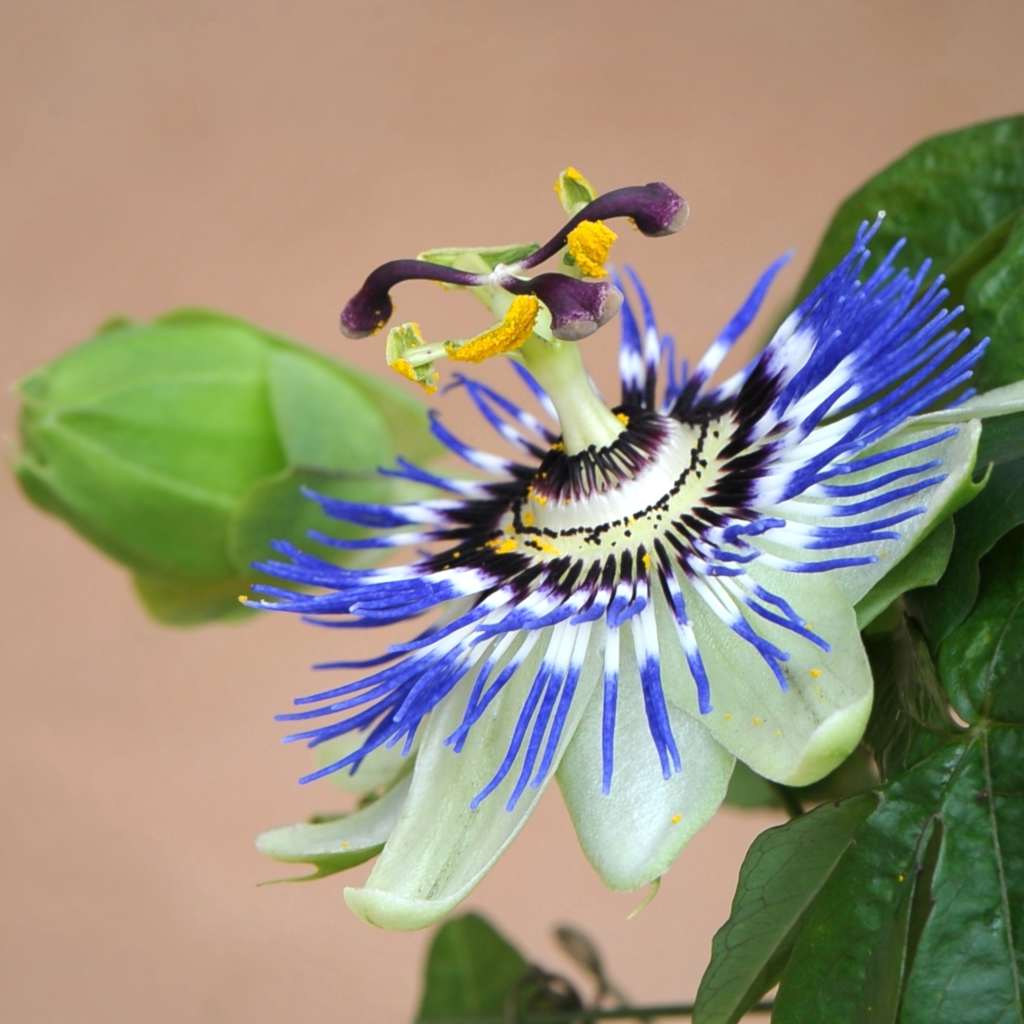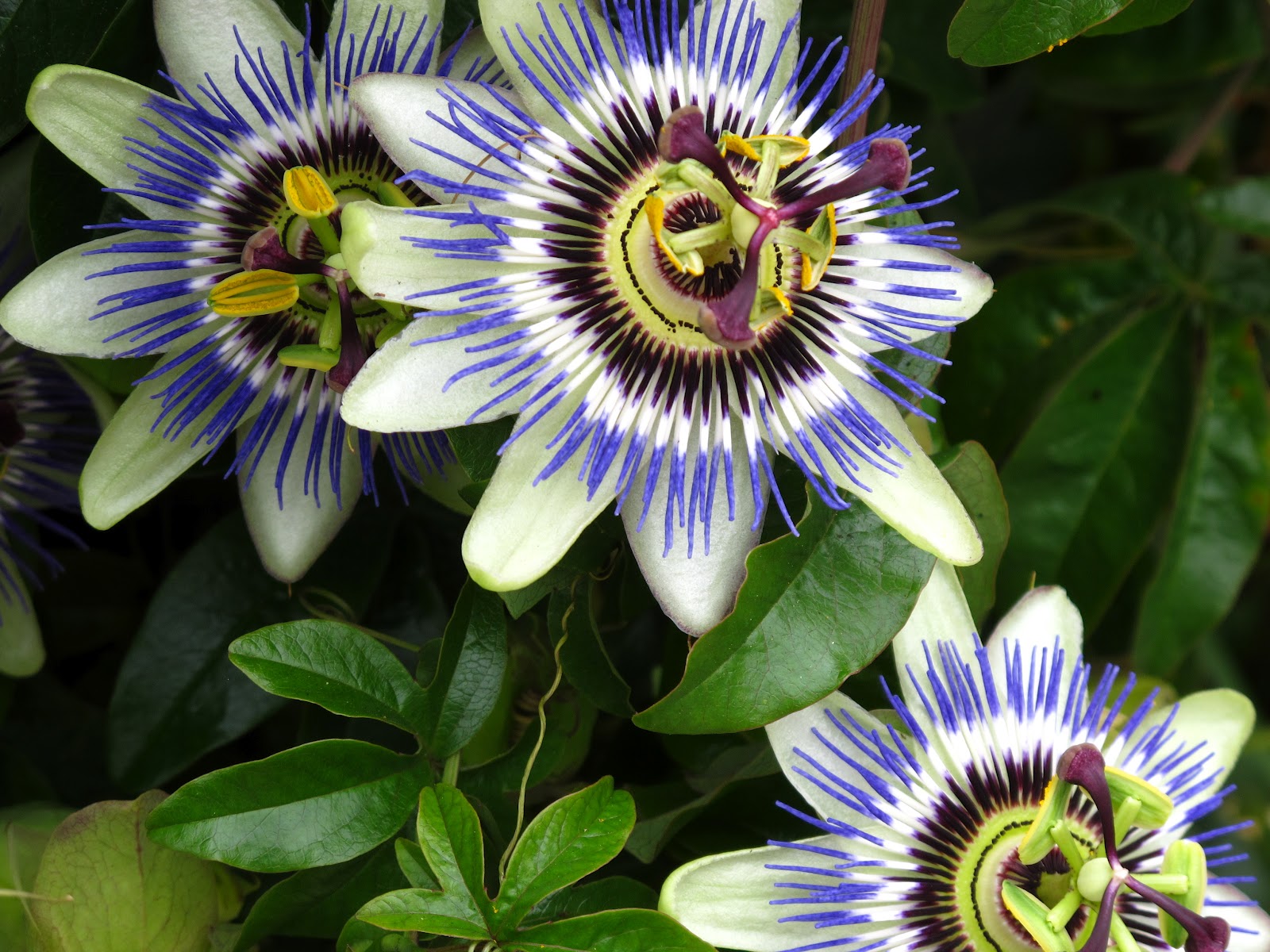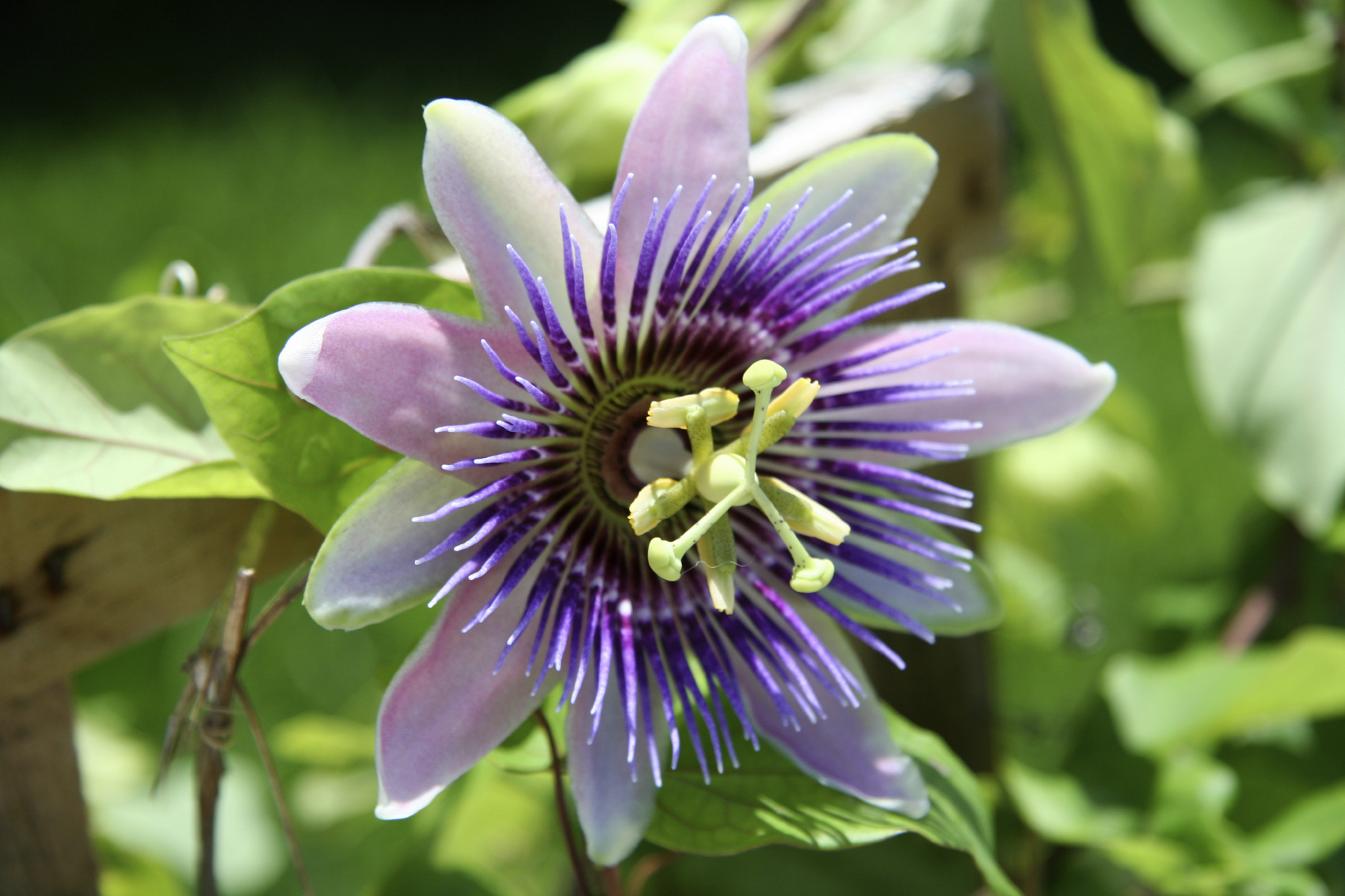Passionflowers have always been a sight to behold. With their intricate petal patterns and striking colors, they are often used as an ornamental plant in gardens across the world. But there’s more to this plant than just its beauty. Passionflowers are known for their medicinal properties, and have been used in traditional medicine for centuries.
One of the most well-known varieties of passionflower is the Blue Passionflower. This stunning plant offers not only aesthetic appeal but is also known for its therapeutic benefits. It contains alkaloids, which have been suggested to help with a range of health issues including anxiety, insomnia, and even seizures.
When it comes to growing Blue Passionflowers, they thrive in warm climates and prefer well-draining soil. They require full sun and a trellis or support system to grow on. They are also excellent climbers, so their growth can be trained on fences or walls as well.
While the Blue Passionflower is certainly one of the most well-known, it’s not the only type of passionflower out there. In fact, there are over 500 different species of passionflowers! Another popular variety is the Passiflora Incarnata, which is also known as the Maypop. Like Blue Passionflowers, Passiflora Incarnata is also used for medicinal purposes, as well as its stunning appearance.
When growing Passiflora Incarnata, it’s important to keep in mind that it’s a hardy perennial that can survive in a range of conditions. It prefers a well-draining soil and full sun. As it grows, it will form a sprawling vine that should be trained on a trellis or support system. It’s also important to note that this variety of passionflower is known to attract bees and butterflies, so it can be a great addition to any pollinator garden.
In addition to being used for medicinal purposes, passionflowers are also used in the perfume industry due to their unique fragrance. The scent of passionflowers is said to be both sweet and musky, making it a popular ingredient in various fragrance compositions.
In conclusion, passionflowers are a stunning addition to any garden. With their intricate petal patterns and therapeutic properties, there’s no doubt they are a plant worth growing. Whether you choose the Blue Passionflower or Passiflora Incarnata, both offer unique benefits and stunning beauty. So why not try growing one in your garden today?
If you are looking for passion flower 1 Free Stock Photo | FreeImages you’ve visit to the right page. We have 8 Pictures about passion flower 1 Free Stock Photo | FreeImages like Myth and Symbolism of the Passion Flower | Selections from Thoughts on, flowers for flower lovers.: Passion flowers. and also Myth and Symbolism of the Passion Flower | Selections from Thoughts on. Here you go:
Passion Flower 1 Free Stock Photo | FreeImages

www.freeimages.com
passion flower freeimages
6 Benefits Of Passion Flower

www.smokableherbs.com
How To Grow And Care For Passion Flowers
/Passionflower-GettyImages-130793383-5b19febf1d64040037c5255d.jpg)
www.thespruce.com
passion flowers fruit passiflora flower passionflower plants fragrant possum grow information care edulis purple
Blue Passion Flower – Growing, Care, Health Benefits And Description

www.nature-and-garden.com
passion flower blue vine passiflora climbing exceptional
Flowers For Flower Lovers.: Passion Flowers.

shoaibnzm2.blogspot.com
passion flowers flower
S.H.A.R.E. During National Pollinator Week – June 15-21, 2015

nwdistrict.ifas.ufl.edu
passion flower pollinator national during june week vines plants native
Passion Flower

mesosyn.com
passion flower passiflora mesosyn
Myth And Symbolism Of The Passion Flower | Selections From Thoughts On

mbmahiquesarch.wordpress.com
passion flower passionflower myth symbolism beautiful wordpress
Flowers for flower lovers.: passion flowers.. How to grow and care for passion flowers. S.h.a.r.e. during national pollinator week – june 15-21, 2015
 markanthonystudios.net Mark Anthony Studios Site
markanthonystudios.net Mark Anthony Studios Site


